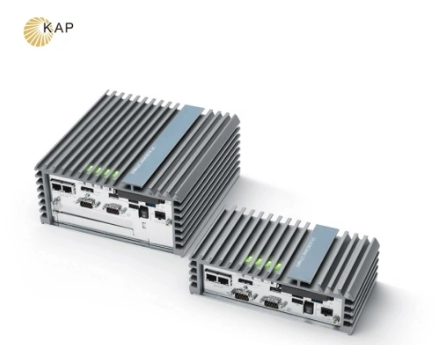Aluminium Heatsink is widely used to cool electronic equipment, as they efficiently dissipate heat produced by electronic components. In this article, we will explore the principles behind aluminium heatsinks and weigh their pros and cons.

Principles of Aluminium Heatsinks The principle behind Aluminium Heatsink is straightforward. When an electronic device operates, its components generate heat. To prevent overheating, heat must be dissipated into the environment. Aluminium Heatsink consist of a series of fins that increase the surface area of the heatsink and promote heat transfer from the device to the environment. Fins work by creating more exposed surfaces for air to come into contact with, allowing the heat to be quickly transferred out of the device. Pros of Aluminium Heatsinks 1. Cost-effective: Aluminium heatsinks are relatively inexpensive compared to other materials. They are easy to manufacture, and the production process requires less time and resources, making them an affordable option for electronic component manufacturers. 2. Lightweight: Aluminium heatsinks are lighter than other materials such as copper or brass, making them easier to handle during installation. This makes them an ideal option for devices that need to be portable. 3. Good conductivity: Aluminium conducts heat well, which makes it an ideal material for heatsinks. 4. Resistant to corrosion: Aluminium is resistant to corrosion, making it perfect for environments that may contain moisture. Cons of Aluminium Heatsinks 1. Not as effective as other materials: Aluminium heatsinks do not have the same heat dissipation capacities as materials such as copper. This means that they might not be the best option for devices that generate a lot of heat. 2. Brittle: Compared to other materials, aluminium is relatively brittle, which makes it more susceptible to cracking or breaking under pressure. 3. Not resistant to wear and tear: Aluminium heatsinks can be easily scratched, which can affect their overall performance. Conclusion Overall, aluminium heatsinks are a cost-effective, lightweight, and conductive option for dissipating heat from electronic components. However, they might not be the best option for devices that generate too much heat, as they aren't as effective as other materials. Additionally, they may be more prone to wear and tear compared to other materials.



